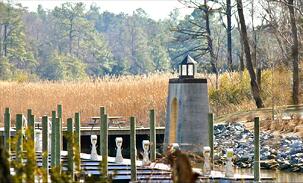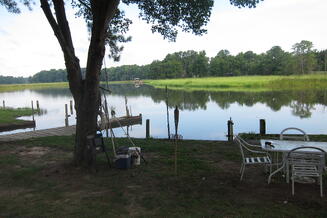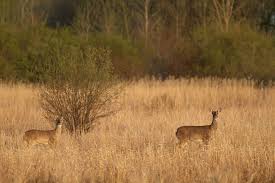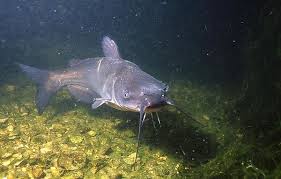1) The first Thanksgiving may not have included turkey.
While more than 700 million pounds of turkey is consumed (or left-over) from Thanksgiving dinner in the US. There was no specific mention of turkey in the early accounts of 1621. A group went on a 'fowling' mission but that could refer to ducks and geese. Because they lived on both costal and tidal waters, seafood like fish and mussels were most likely the meat consumed.
2) Pumpkin Pie wasn't served in 1621.
Unfortunately, the Pilgrims didn't have flour or an oven after their first harvest. They most likely had pumpkin and or squash, but it wouldn't have been served as a pie like we think of today.
3) The Pilgrims weren't the only Europeans in the New World.
We usually think of the Pilgrims as the only Europeans in America at that time. But there was also about 1,200 colonists in the Jamestown / Middle Peninsula / Northern Neck area of Virginia. There was very little, if any communication between these two groups at that time. The population in Virginia was significantly reduced by about 1/4th after the Indian Massacre of 1622.
4) The potatoes weren't there either...
Potatoes hadn't been introduced in Europe. If they had, they weren't common enough at the time to make a trip to the New World. There are records of eating other roots (yes, potatoes are a root) but there isn't any mention of eating roots and they definitely didn't eat potatoes.
5) Facts about turkeys:
If you're driving around the Northern Neck around dusk, male turkeys (toms) have a few distinguishing features: they're bigger (by about 8 to 10 pounds), they gobble (females make a clicking sound). If you're looking for signs of turkey, a tom's poop is spiraled while the hen's is J-shaped.
6) Thanksgiving isn't the only major holiday where turkey is consumed.
While Thanksgiving is the biggest day of turkey consumption. Christmas and Easter are the second and third biggest holidays turkey is most consumed. On the Northern Neck / Middle Peninsula you can have fresh turkey because, turkey season opens for one day in the Fall: Thanksgiving day.
7) Speaking of hunting, turkeys are very keen.
Don't move! A turkey can sense movement from over 90 yards away. A turkey can run 25 mph and fly up to 55 mph.
8) Eating turkey doesn't make you sleepy.
Turkey doesn't make you sleepy. When you eat a lot of food, particularly carbohydrates like potatoes and rolls, your body needs to digest. So you become sleepy so your body can use energy to digest the food. Similar to when you are sick and sleep a lot.
Now you have some talking points for your thanksgiving meal!
Happy Thanksgiving!
Sources:
Smithsonian , History.com




